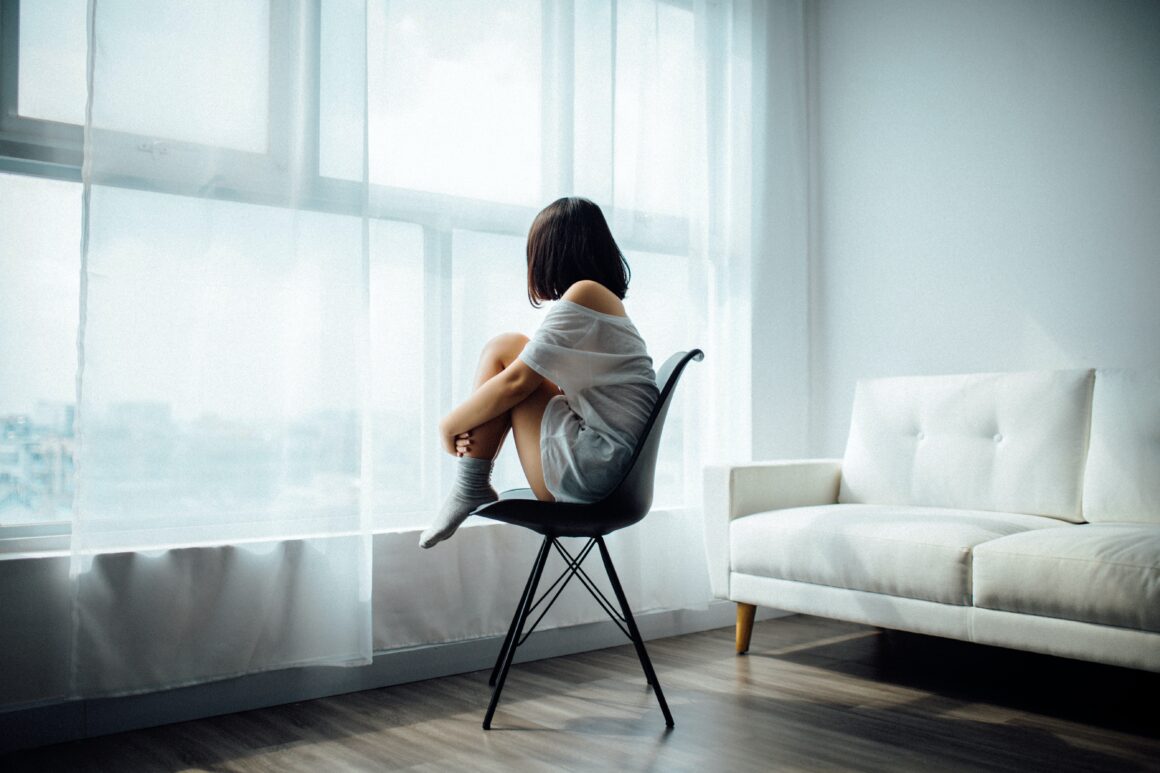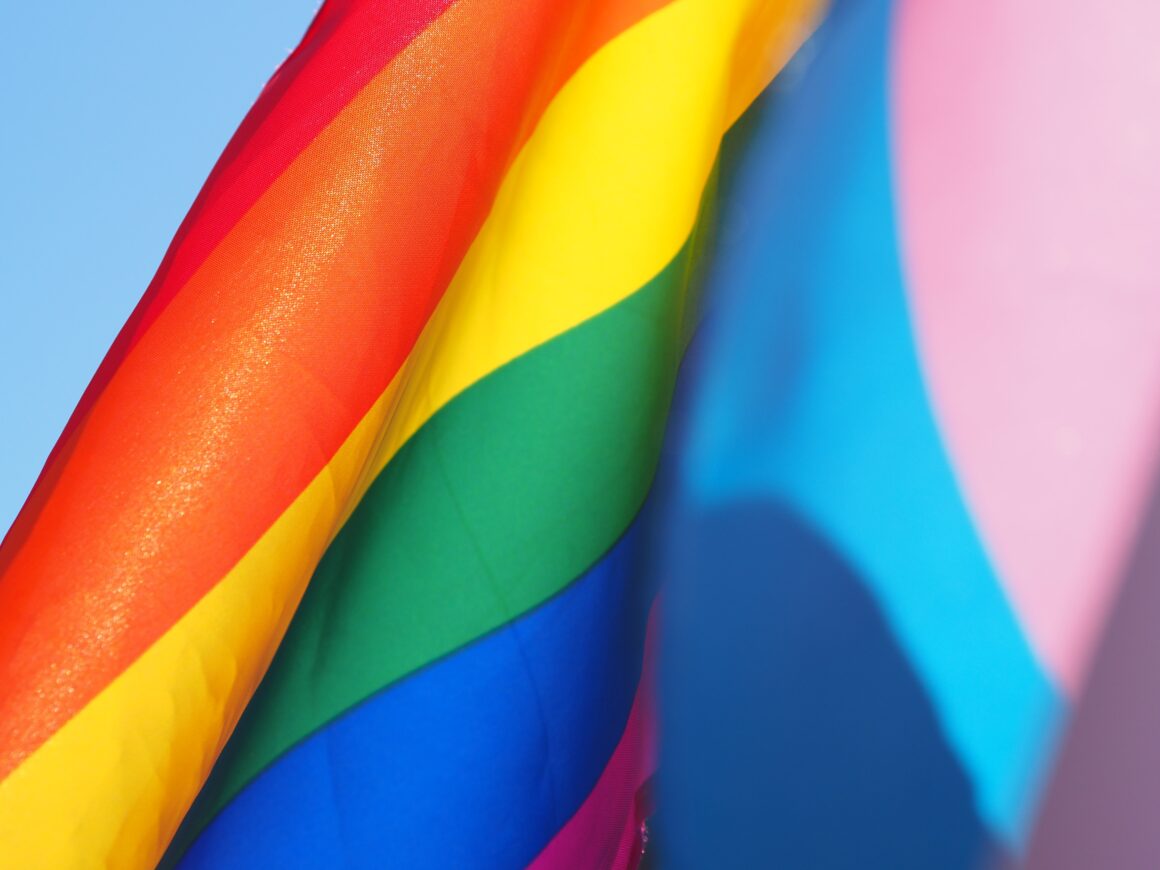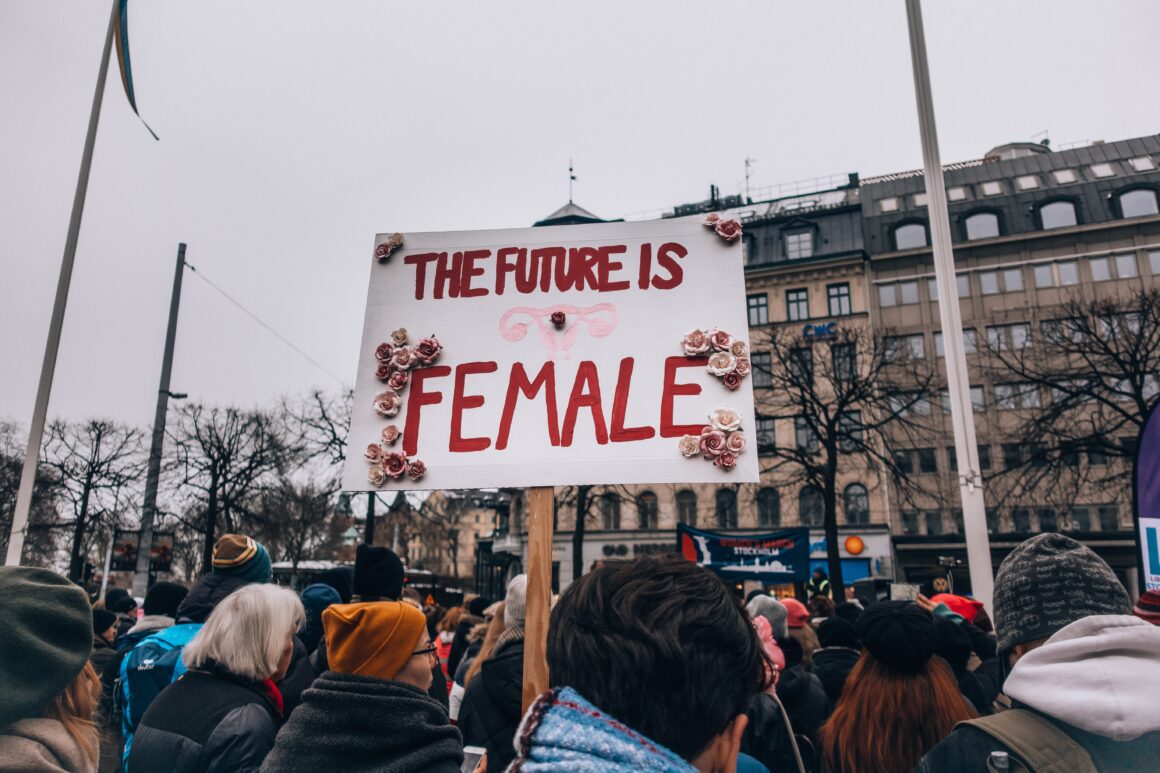Racism
For African Americans, their circumstances were rougher than most. Since Jim Crow Laws had been enforced making segregation legal, there were separate restrooms, water fountains, and schools set aside for blacks only. These underlying divisions had detrimental effects on communities for these minorities. No matter how great the magnitude of emergency was, whites always got treated first in many hospitals across the country. This separation led to toxic stereotypes and senseless hatred towards these African Americans, all because of the color of their skin. On May 17th, 1954, during the the Brown vs. Board of Education case, the Supreme Court ruled that school segregation was against the Constitution. This became a monumental milestone on the path to equality and opened up new doors for future advances. On the other hand, Southern whites who resisted these new developments, removed their children from public schools and enrolled them in all-white segregation academies. Despite the fact that African Americans were engaging in nonviolent protests, many people against their movement used violence and intimidation to prevent blacks from attaining their rights. Unsurprisingly, in 1956, a document called “The Southern Manifesto” was signed claiming that 100 congressmen would do all they could in their power to defend segregation and this ultimately created more obstacles in the pursuit for equality.
Homophobia
Since heterosexuality was the “normal” sexuality back then, this brought upon a repressive environment and tense atmosphere for people who loved differently. The Mattachine Society was first founded in 1951 and is marked as the nation’s first gay rights organization. Unfortunately, the founding members were split in regards to their views and took a more conservative stance, advocating that homosexuals should assimilate and adjust to heterosexual culture and society. This is because back then, even gay rights activists believed that homosexuality was nothing but a disease that needed to be treated. To further elaborate, the Diagnostic and Statistical Manual of Mental Disorders described this sexuality as a “sociopathic personality disturbance”. In addition, according to the American Psychiatric Association, homosexuality was labeled a mental illness until 1974. During the 40’s and 50’s, physicians and psychologists believed that this “disturbance” was hard to treat and the most effective cure could be found through psychoanalytic treatment. The situation was so bad that if one called the police and they suspected that the caller was homosexual, they would ignore the original crime and concentrate on the homosexuality.
Women’s Rights
Sexism was also another one of the social inequalities that plagued America, particularly through how society defined the role of a woman. During World War II, women had entered the work industry in record shattering numbers but once the war ended, the men returned home and took back their jobs leaving women to resume their housewife status. Politically, socially, and economically, women were seen as nothing more than second-class citizens. Most professional jobs were still largely closed off to women and there were written policies clearly indicating that women would be paid a lesser amount than men. In fact, females earned only an average of 60 percent to what males did. Despite their desires to enter the workforce, women also faced social pressure to assume the stereotype of a baby-making cook and stay-at-home mother rather than fulfill their true ambitions. Their other restrictions included property rights; women in some states couldn’t create contracts, sell property, and in many cases, could not control their own earnings. In almost every single state, men had the right to have sex with their wife whenever they wanted, regardless of whether she consented or not. This basically meant that rape couldn’t exist for a married couple. Since birth control was still illegal in many places, this essentially makes a woman legally obligated to have children if her husband wanted them. When it came to women of color, they faced the limitations and problems imposed on white woman along with their racial minority group.
Why the 50’s?
It may be the thought of glamorous Hollywood, old-school fashion, sunny boulevards, flashy cinemas, and stunning film stars where the damsel in distress always gets saved by the heroic male. As popularly seen, it could also be the Tumblr blog posts of romantic couples getting vanilla milkshakes on dates and going for long strolls in the park. Quite simply, it might just be the fact that people romanticize the past out of distaste for the present. With the modern day hassles for teenagers, this could be a way for them to fantasize about simpler times, wishing they could personally associate themselves with that decade’s nostalgia. This is where they may be wrong. I used to dream of living in a time illustrated as enchanting and wild but that was before I educated myself on how culturally ingrained inequality was. Life happened to be difficult for anyone who was not a straight white male but if there’s one thing the 50’s have in common with present times, it’s that getting milkshakes at diners is still a viable date option and seeing acts of injustice still occurs today.





Comments are closed.